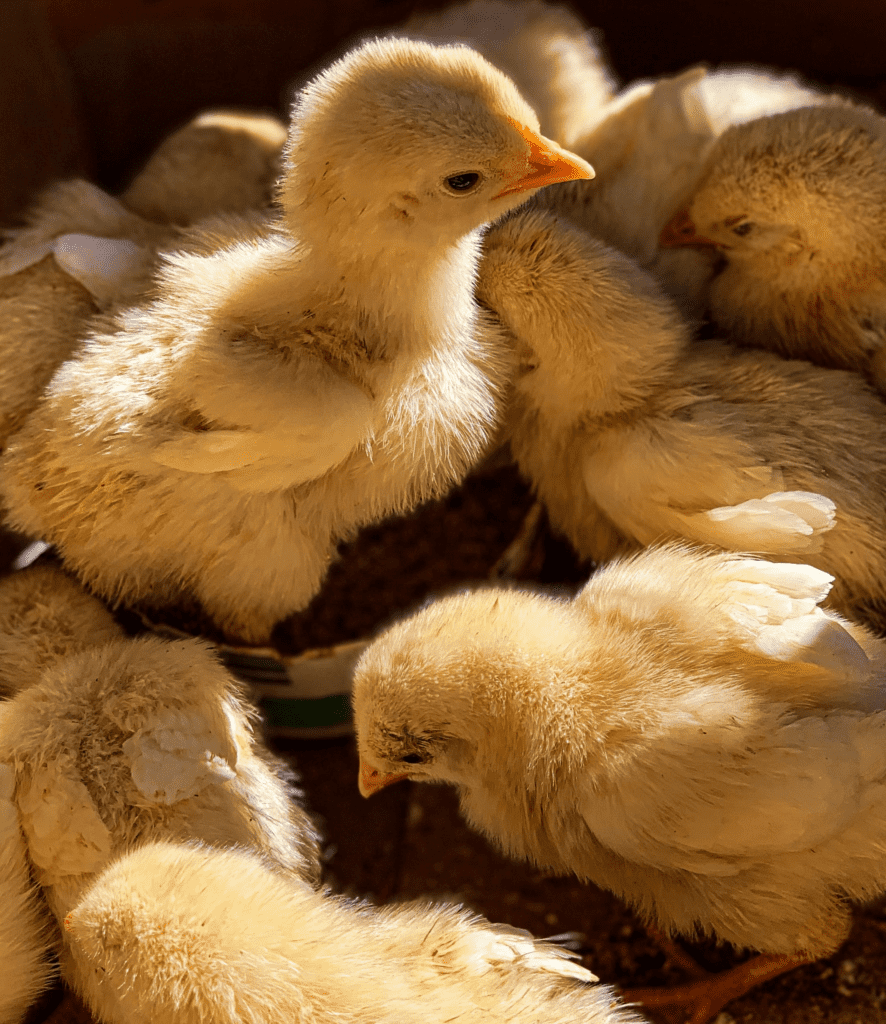
Every year, human-raised poultry produce over one trillion eggs — that’s over 80 million tons of eggs, just from chicken alone — and the figure keeps growing from year to year. Life for the egg-laying chicken is never easy, and it’s not very long either.
The problems start from their very first day of life when the males (considered unwanted surplus by the industry) are slaughtered either through a grinding machine or through asphyxiation. For the females, most will spend their life in cages, laying some 300 eggs a year (two or even three times more than they would in nature). After the first year, it’s common in the industry to slaughter the egg-laying hens, since their egg productivity tends to drop. But even in this one year which they spend alive they are not spared of pain.
According to a new study, hens selected to lay larger eggs are very prone to fractures. Based on an analysis carried out in Denmark, up to 85% of these hens suffer keel bone fractures.
Big eggs, big problems
According to Tom Vasey, chair of the British Free Range Producers’ Association, laying larger eggs is painful for the hen. Although some researchers have argued that the evidence is not conclusive, it’s not uncommon for large eggs to have bloodstains on them — a strong indicator of painful laying.
The new study looked at keel bone fractures — a major welfare problem that seems to be worsening.
“Depending on the housing system, fracture prevalences exceeding 80% have been reported from different countries. No specific causes have yet been identified and this has consequently hampered risk factor identification,” write the researchers led by Michael J.Toscano from Bern University.
The objective of the study was to investigate the prevalence of keel bone fractures in Danish layer hens and to identify risk factors in relation to this type of fracture. In total, the researchers investigated 4794 birds from 40 flocks. All flocks were 60 weeks old and had reached the so-called “end of lay” stage, where they were about to be slaughtered to prevent their egg production from declining.
The worst-off birds seemed to be the ones living in cages, although a majority of large-egg-laying birds from all setups seemed to suffer from this type of fracture.
“In flocks from non-caged systems, fracture prevalence in the range 53%-100% was observed whereas the prevalence in flocks from enriched cages ranged between 50–98%,” the researchers explain. The presence of multiple fractures was also not uncommon.
Although the study only analyzed Denmark, the prevalence of these fractures is likely very high in hens in other parts of the world as well — especially since Denmark is one of the countries with stricter animal welfare practices.
For consumers who care about animal welfare, this is another reminder that large eggs come at a cost, and in a greater sense, all eggs come at a cost.
The study was published in PLoS.






